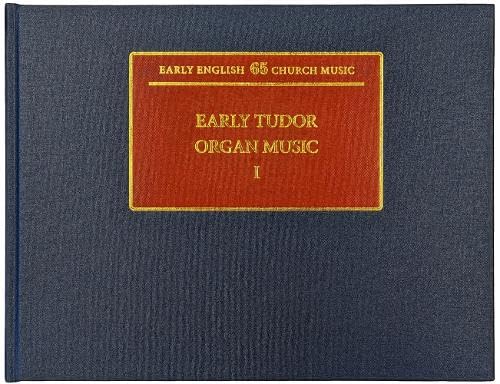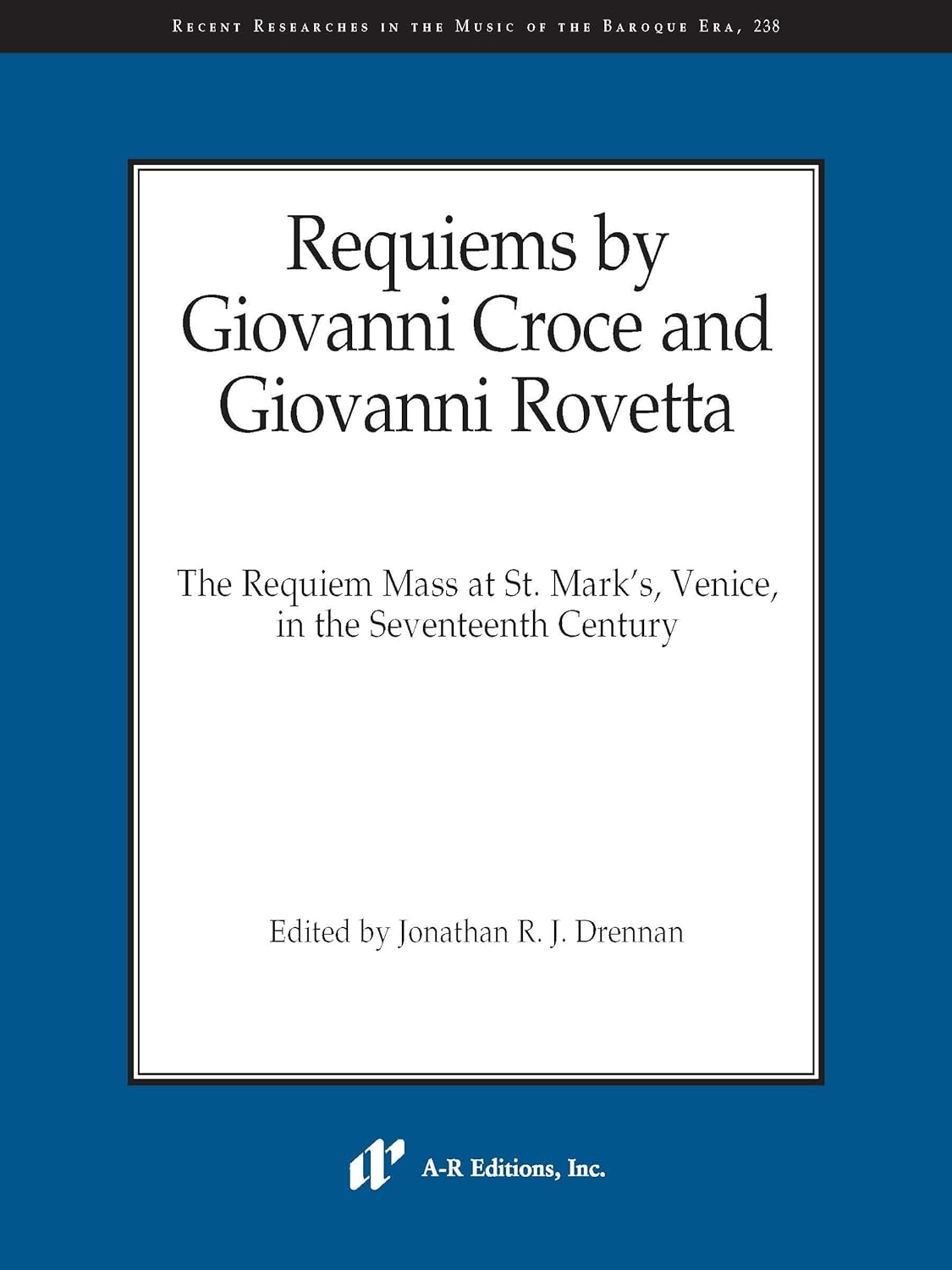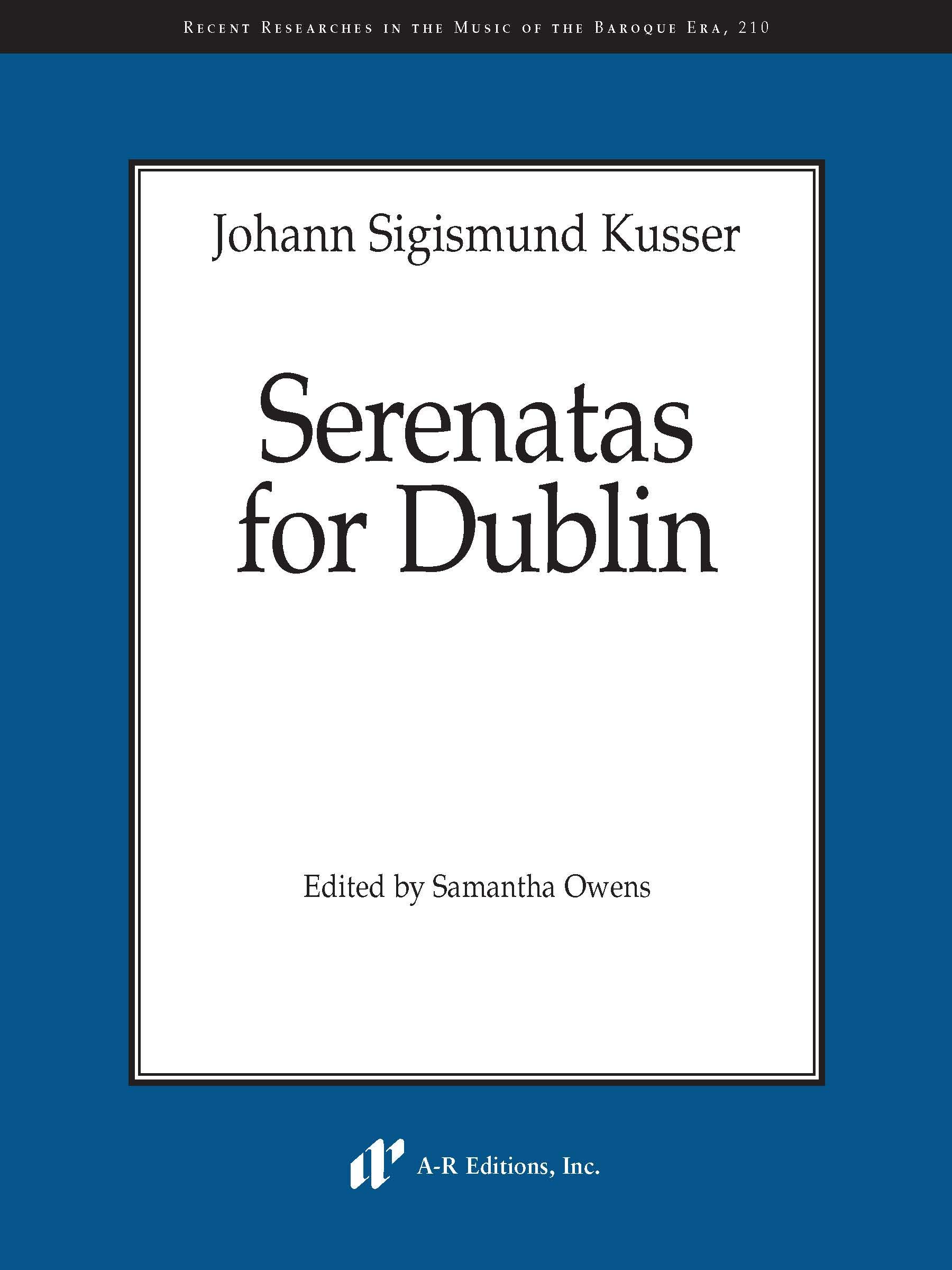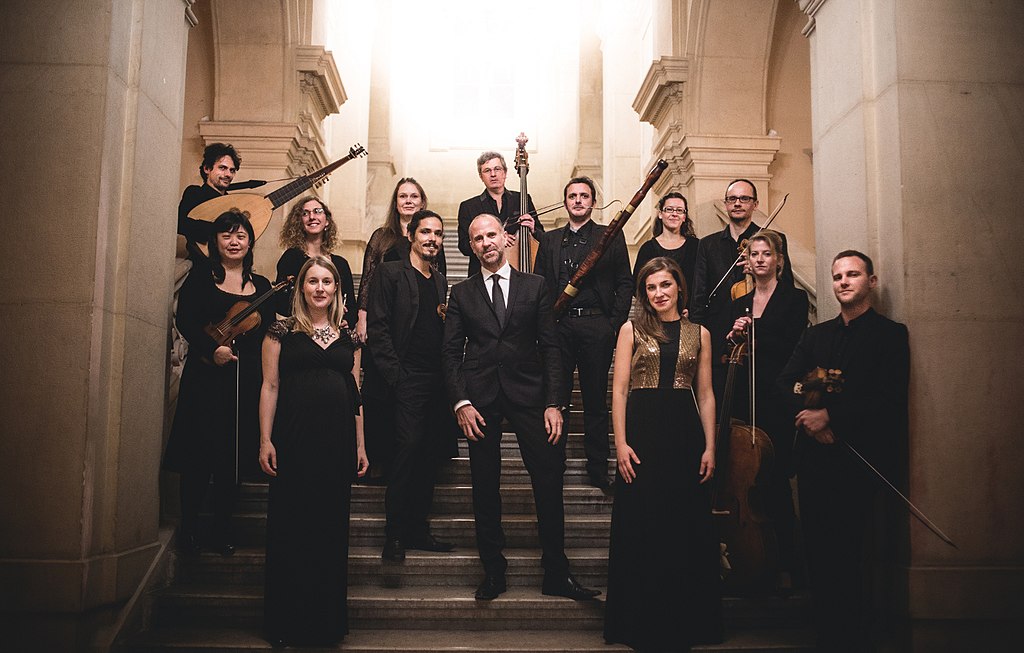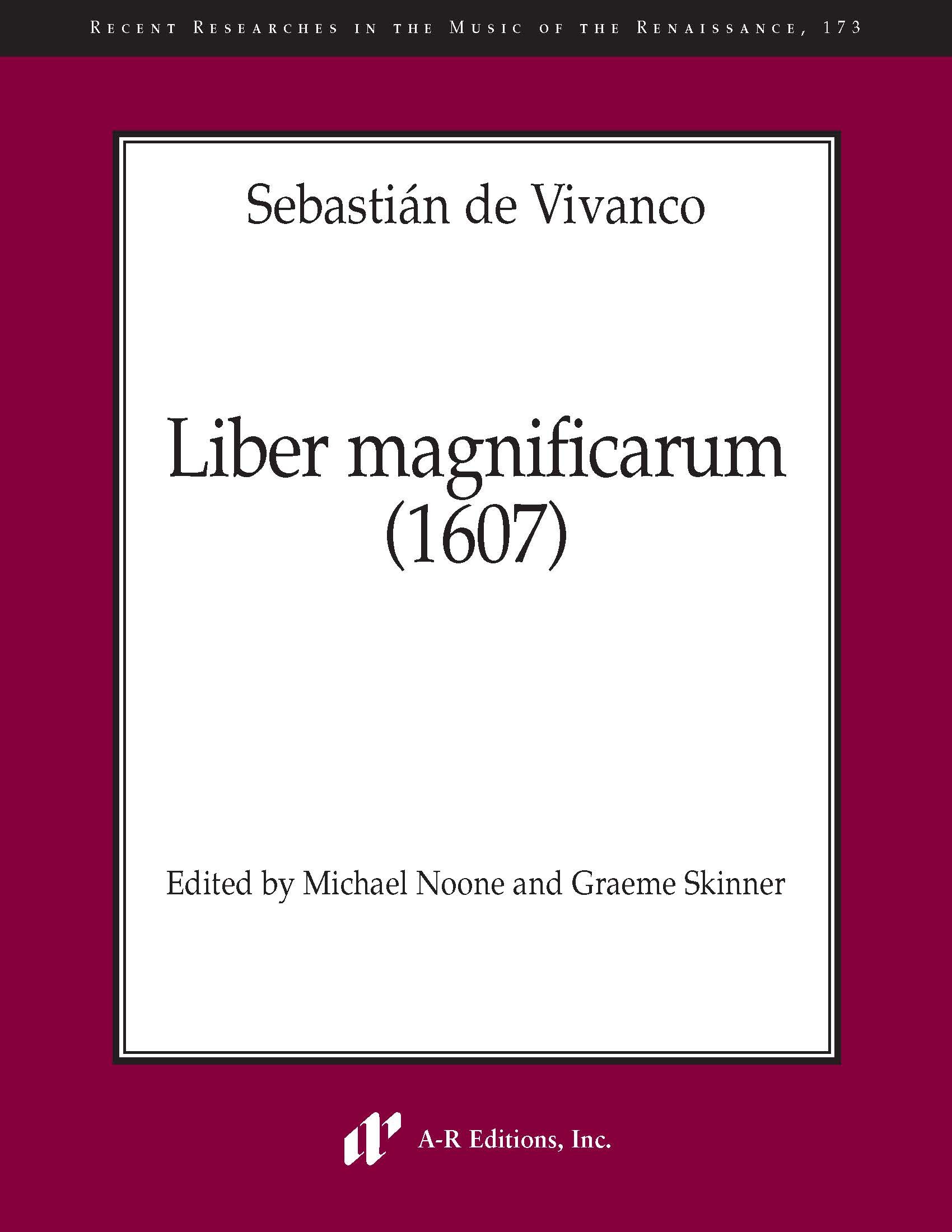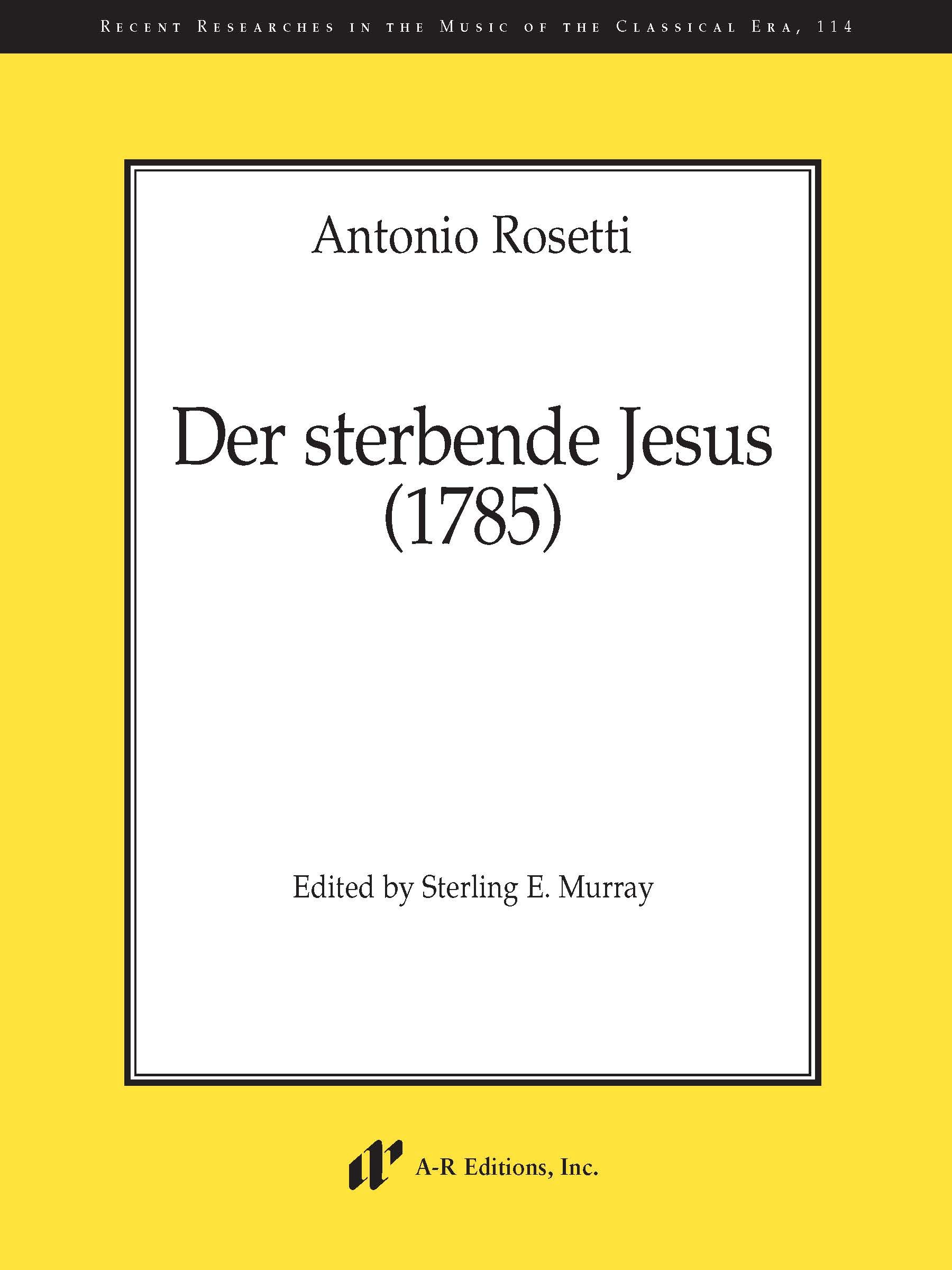Edited by Alan Howard
Musica Britannica MB108
ISBN: 9780852499696 ISMN: 9790220228100
xlviii + 127pp, £115.00
Stainer & Bell
This excellent volume contains the two pieces Croft wrote to celebrate the Peace of Utrecht in 1713 – an earn his Oxford doctorate – and an ode (the editor Alan Howarth argues) to mark the Peace of Ryswick in 1697. if, as likely, that is the case, the composer would still have been a teenager, so the infelicities identified in the informative introduction might be forgiven. The main problem with the source (a later copy by one of Croft’s students from the 1720s) is the labelling of the instrumental parts – in the opening movement, there is a trumpet line (or two trumpet lines?) with unplayable notes, and the editor interprets the next four lines as violins where it strikes me as more likely that the first pair are oboes and the next pair violins. In the following movements, an alto is accompanied by recorders, the soprano and bass by strings, the bass by violins, and the full ensemble renders the short concluding chorus. The Utrecht pieces, whose performances in Oxford were noticed in the press, are far more substantial and it is clear that in the intervening years, Croft has matured as a composer. His debt to the Purcellian court ode is self-evident. Where we nowadays tend to think of him as being obscured by Handel, there is no sense in which this music is overshadowed by the German’s music for the Utrecht celebrations – indeed, some of his best choral writing might suggest that the influence worked in the opposite direction! I hope the availability of these fine pieces will inspire musicians to take up his cause – there really is a wealth of beautiful music here!
Brian Clark

